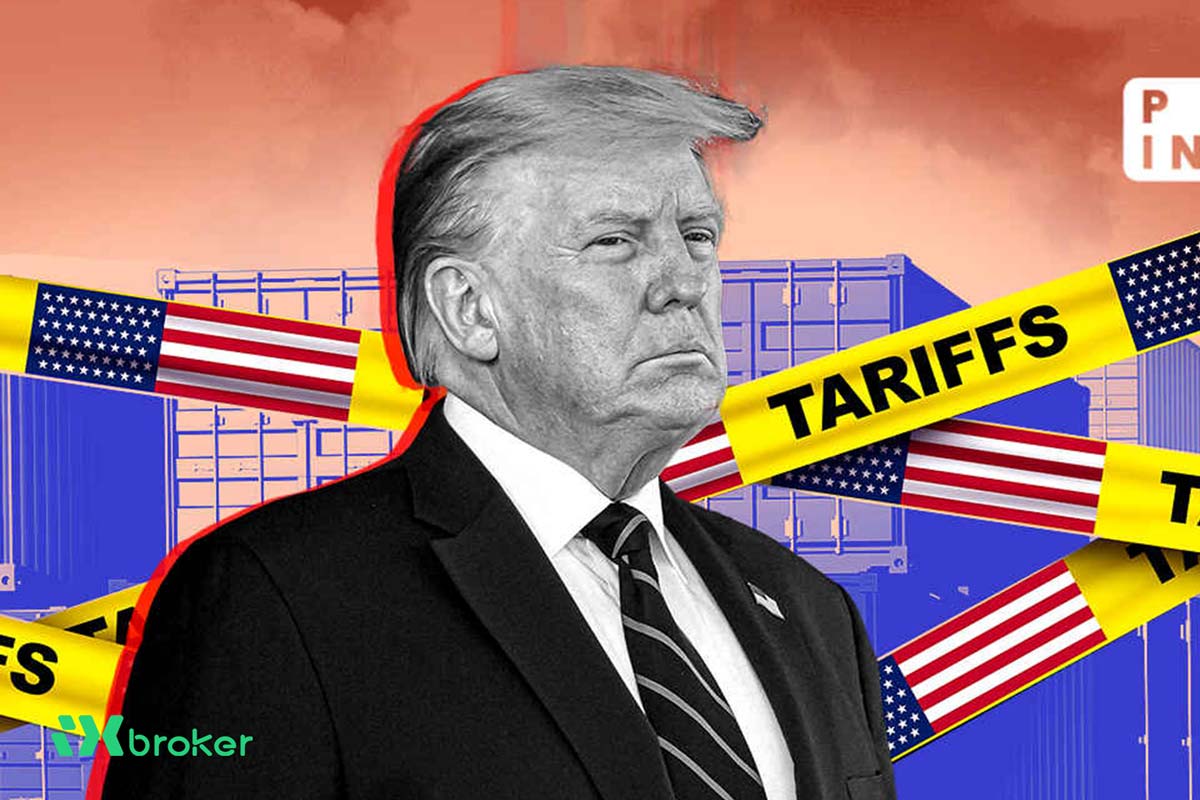The ongoing trade tensions under President Donald Trump’s administration appear set to intensify, with several key factors signaling a further escalation. Buoyant markets, a resilient US economy, rising customs revenues, limited responses from trading partners, and favorable domestic politics all suggest that the trade conflict could deepen. This escalation is expected to have significant effects on global output, with an estimated reduction of 0.7 percentage points in the medium term.
1. Market Conditions Enable Risk-Taking
With US equities reaching record highs, President Trump faces less pressure to avoid unpopular policies. The capital markets’ primary concern — the potential market sell-offs triggered by trade tensions — has been mitigated by the so-called “Trump put,” which suggests that markets expect any downturn to be followed by intervention. Investors are increasingly unfazed by new trade announcements, seeing them as the “new normal.” This complacency, combined with low financial market volatility, increases the risk of further trade escalations, as investors no longer view high tariffs as extraordinary measures.
2. Resilience of the US Economy
The US economy remains robust, with a rebound in second-quarter GDP growth and optimistic projections for the third quarter. Despite a revised growth forecast for 2025, the US economy is still expected to outperform many advanced economies. Although the tariffs imposed during the trade war are higher than in previous decades, they have not yet caused substantial economic damage. The inflationary impact of these tariffs has also been slower than anticipated, allowing the US economy to continue growing, despite the trade tensions.
3. Rising Customs Revenues Benefit the US Budget
The US government has seen a significant increase in customs duties, with collections reaching a record USD 66 billion in Q2, compared to averages of less than USD 7 billion in previous years. These rising revenues are helping to offset the growing US budget deficit, estimated at 5.4% of GDP in 2025. This financial benefit further reduces the incentives for the US to ease its tariff policies.
4. Limited and Bilateral Responses from Trading Partners
While many countries have been threatened with retaliatory tariffs, only China and Canada have significantly responded with countermeasures. Other nations, including those in the EU and the UK, have been cautious to avoid disrupting global supply chains or escalating trade tensions further. Instead, countries have sought to appease Trump by investing more than USD 1 trillion into the US, cutting tariffs on US imports, and easing market access. This bilateral approach to trade negotiations has allowed the US to maintain a competitive advantage, as trading partners are reluctant to pursue multilateral measures that could worsen the situation.
5. Domestic Politics Support Escalation
Trump’s approval rating remains strong among Republican voters, easing concerns about potential losses in the 2026 mid-term elections. With political capital boosted by recent legislation, Trump is in a position to continue his trade war without significant domestic backlash. The ongoing support from his base allows him to pursue aggressive trade policies without the typical political constraints, further reinforcing the likelihood of escalation.
Rising Tariffs Impact Global Economy
Average US customs duties have reached their highest levels in decades, now standing at 18.6%, up from 2.5% in 2024 and 1.5% in 2016. While these tariffs have not yet reached the 30% highs seen during the “Liberation Day” period, they remain at levels unseen since the 1930s. This escalation in tariffs has broader global consequences, with estimates predicting a 0.7 percentage point reduction in global output over the medium term. The US economy will see a slightly larger impact, while the EU will experience a more modest effect. As a result, global growth forecasts have been revised downward, further highlighting the ripple effects of the trade conflict.
Summary
The ongoing US trade war under President Trump is poised to escalate further due to several factors. Buoyant market conditions, a resilient US economy, rising customs revenues, limited responses from trading partners, and favorable domestic politics create a conducive environment for deeper trade tensions. While global economic output is projected to decrease by 0.7 percentage points in the medium term, the US economy may experience slightly more significant impacts. With trade responses remaining largely bilateral, the US holds a strong position, potentially leading to continued tariff increases and economic disruption on a global scale.



